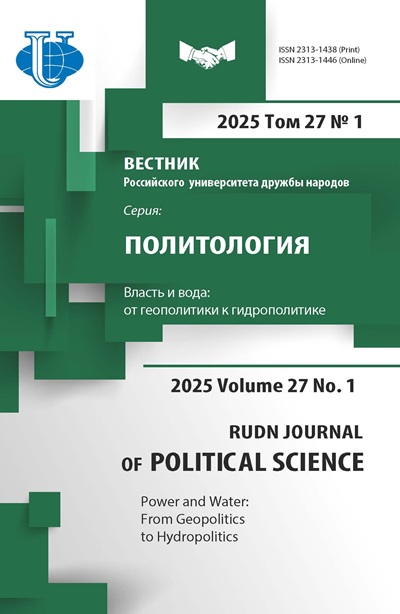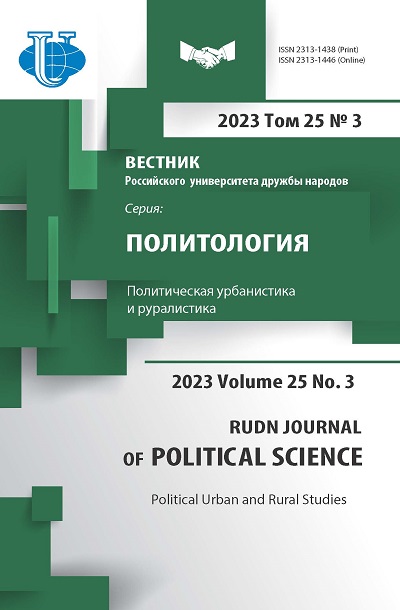Abstract
Due to the gigantic scale of Russia’s territory, the problem of the settlement system and urban agglomerations as its primary development centres is urgent. The purpose of this research is to identify opportunities and limitations, both legal and organizational, for the formation of governance systems for urban agglomerations. Having conducted a comparative analysis of the development and functioning of such systems in some countries with the conditions existing in the St. Petersburg region, the second populous city of Russia, the authors for the first time identify the development and governance problems of the urban agglomeration, the territory of which includes fully or partly the territories of two subjects of the Russian Federation: the federal city and the surrounding Leningrad region (oblast). For both variants of the agglomeration - with the 60 km and 120 km radius - the authors determine the model of the public power system for the Saint Petersburg agglomeration, acceptable from the point of view of the Russian legislation and the main modern management principles of rationality, effectiveness, and efficiency. The model does not envisage institutionalization with the creation of a complete public power system for the entire region but should be focused on the joint performance of functions with the inclusion in the process of all levels and authorities responsible for the life quality in the region. The first steps in this direction have been taken by both federation subjects in recent years. The unification of St. Petersburg and the Leningrad Region into one subject of federation, as well as the partial annexation of the region’s territory to the federal city, are not yet considered.

















